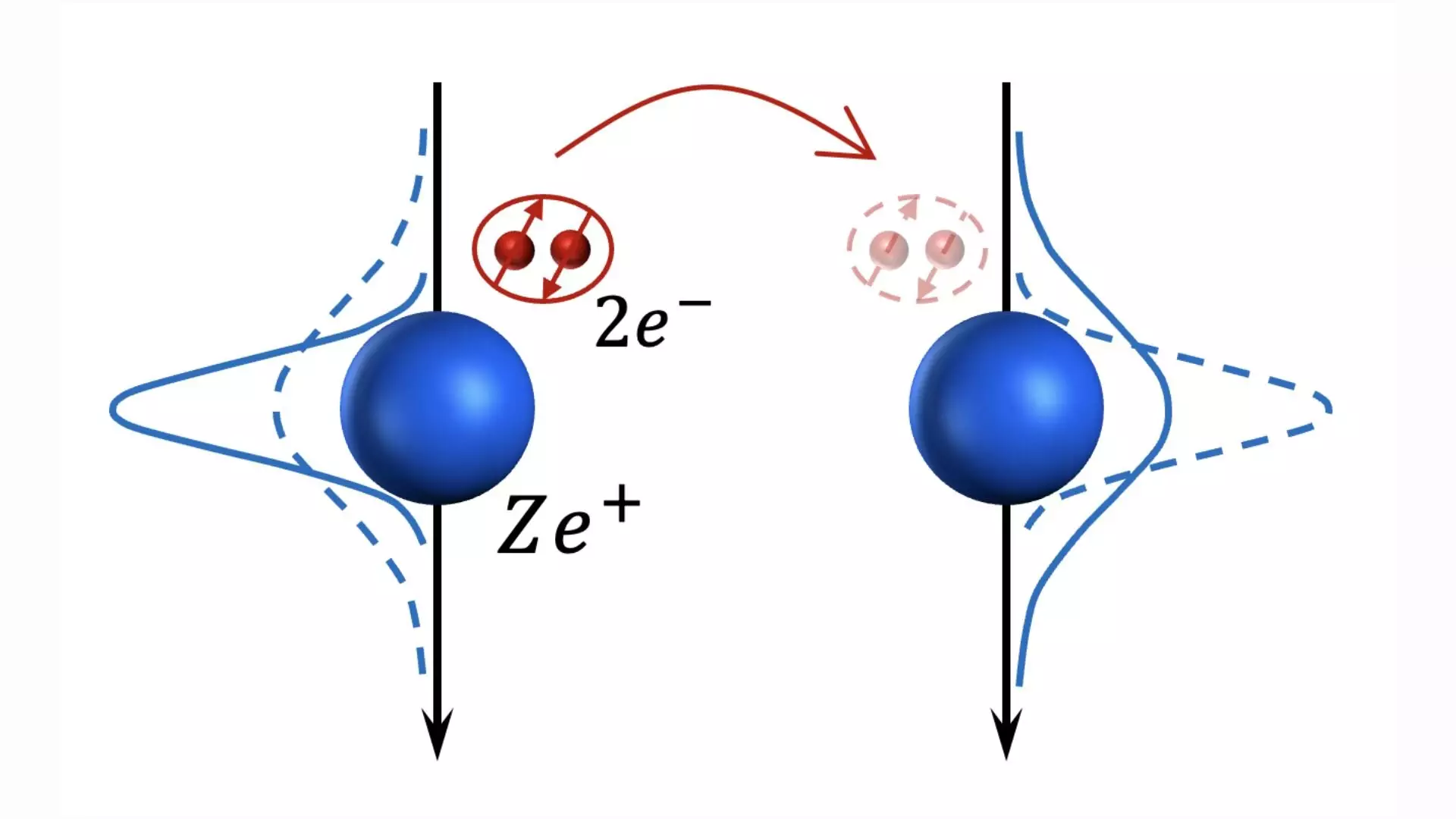Superconductivity, the ability of certain materials to conduct electricity without resistance, has been a phenomenon of keen interest in the realm of physics. Recent studies have delved into the potential of quadratic electron-phonon coupling to elevate superconducting properties through the formation of quantum bipolarons. This article aims to explore the implications of this novel mechanism in enhancing superconductivity.
Traditionally, electron-phonon coupling manifests in two forms – linear and quadratic. Linear coupling, prevalent in most superconducting materials, entails a proportional relationship between electron-phonon interactions and phonon displacements. On the other hand, quadratic coupling involves an energy interaction that is proportional to the square of phonon displacement. While linear coupling is well-understood and extensively studied, materials with quadratic coupling remain relatively unexplored.
Conventional superconductors exhibiting linear electron-phonon coupling are constrained by low critical temperatures, typically below 30 Kelvin. The weak coupling regime impedes the binding energy of Cooper pairs, while strong coupling leads to a higher effective mass of the pairs, thereby suppressing superconductivity. Efforts to enhance critical temperatures by increasing coupling strength in linear materials are futile due to these limitations, prompting researchers to investigate materials with quadratic coupling.
The Holstein model, a theoretical framework for electron-phonon interaction, has been extended to incorporate quadratic coupling in recent studies. This extension reveals the formation of “quantum bipolarons” where electrons interact with quantum fluctuations of phonons. Unlike linear coupling, which has classical origins, the attractive interactions in quadratic coupling arise from purely quantum mechanical processes. Quantum bipolarons have a unique characteristic of mobility, enabling a stable superconducting state with higher critical temperatures.
In materials with strong quadratic electron-phonon coupling, the formation of quantum bipolarons results in superconductivity at temperatures determined by their effective mass and density. The condensate of quantum bipolarons exhibits enhanced mobility, leading to a more stable superconducting state with elevated critical temperatures. Unlike the linear mechanism, the mass of quantum bipolarons only undergoes mild enhancement with coupling, allowing for significantly higher critical temperatures to be achieved.
Researchers foresee the potential of utilizing specifically engineered superlattices in achieving strong coupling for enhanced superconductivity. The proposed mechanism of quadratic electron-phonon coupling offers prospects for significantly surpassing current critical temperature limitations. Experimental exploration of superlattice materials with large quadratic couplings could pave the way for realizing the predicted superconductivity phenomenon.
The study of quadratic electron-phonon coupling presents a groundbreaking avenue for advancing superconductivity. By unraveling the formation and characteristics of quantum bipolarons, researchers are on the brink of unlocking new possibilities in achieving higher critical temperatures and stability in superconducting materials. The future holds promise for the practical realization of this mechanism and its transformative impact on the field of superconductivity.


Leave a Reply